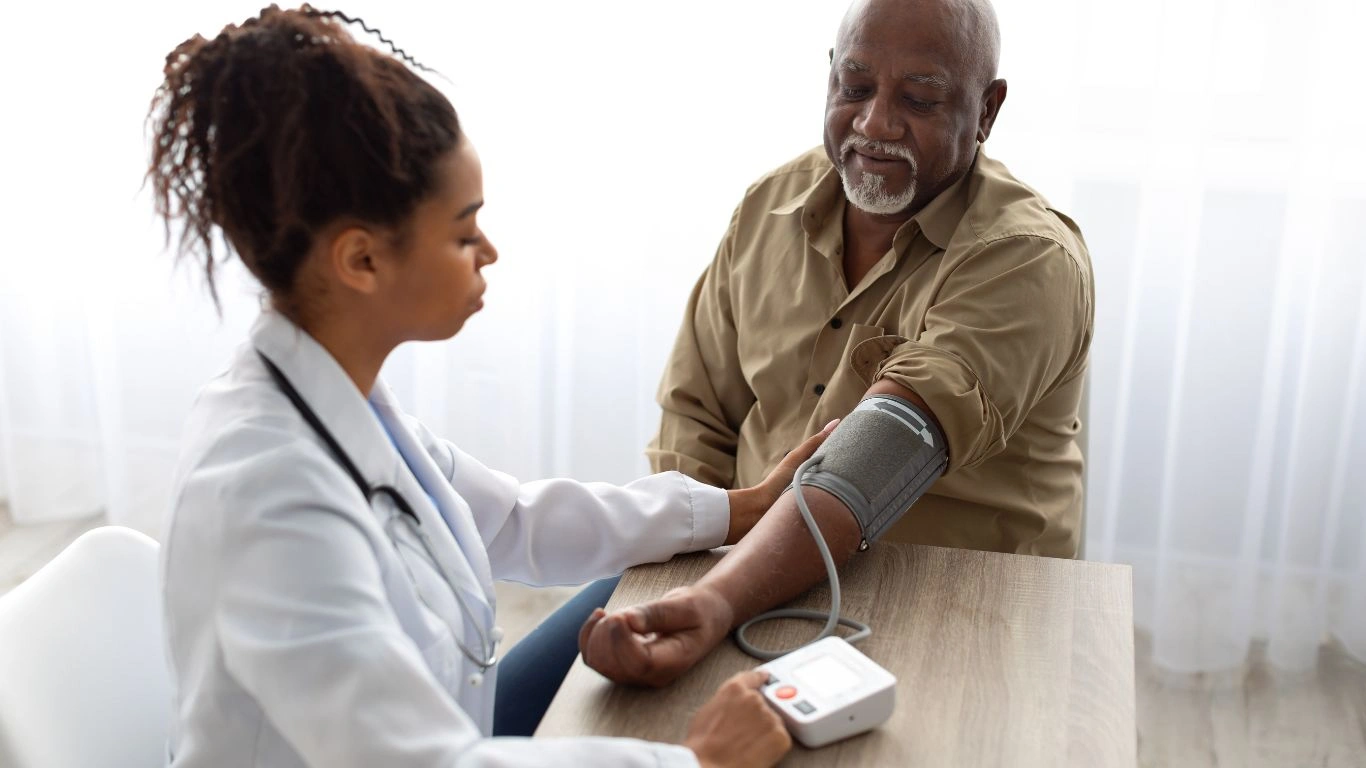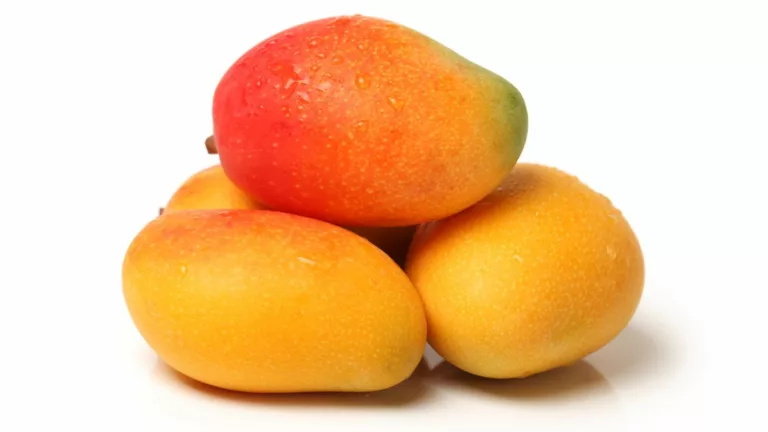Best Foods for Controlling Blood Pressure – Your Guide to Heart-Healthy Eating
Are you looking to manage your blood pressure through diet? You’re in the right place! In this guide, we’ll go through the best foods that help lower and control blood pressure naturally. With the right choices, you can support your heart health and reduce the risks of hypertension.
If you’re dealing with high blood pressure (also known as hypertension), managing it through lifestyle changes like eating the right foods is one of the most effective strategies. A diet rich in certain foods can help lower blood pressure, reduce strain on your heart, and improve overall cardiovascular health. So, let’s dive into some of the best foods for controlling blood pressure that you can easily include in your daily meals. 
Why Blood Pressure Matters
Before we get into the food list, it’s important to understand why controlling blood pressure is so essential. High blood pressure can cause serious health problems, including heart disease, strokes, and kidney damage. So, keeping your blood pressure within a healthy range is crucial for long-term health. Eating the right foods can support this effort and may even reduce your reliance on medication. 
Best Foods for Controlling Blood Pressure
1. Leafy Greens
Leafy greens like spinach, kale, and swiss chard are packed with potassium, a mineral that helps balance sodium levels in the body and eases tension in blood vessel walls. Consuming more potassium-rich foods can help reduce the impact of sodium on your blood pressure.
2. Berries
Berries, especially blueberries, are rich in flavonoids, which have been shown to lower blood pressure. Studies suggest that eating these antioxidant-packed fruits regularly can help improve heart health. They’re also low in calories and high in fiber, making them a great addition to your diet.
3. Beets
Beets are a fantastic food for controlling blood pressure because they’re high in nitrates, which can help relax blood vessels and improve blood flow. You can eat them raw, roasted, or blended into smoothies. Don’t forget the beet greens—they’re full of nutrients too! 
4. Oats
Oats are a great breakfast option and can help control blood pressure thanks to their high fiber content. They’re also low in sodium, making them heart-friendly. If you have high blood pressure, switching to whole grains like oats can make a significant difference.
5. Bananas
Bananas are another potassium powerhouse. Just one banana a day can provide a decent amount of potassium to help regulate your blood pressure. Plus, they’re easy to snack on and go well in smoothies, yogurt bowls, or even just on their own.
6. Fatty Fish (Salmon, Mackerel, Sardines)
Fatty fish like salmon, mackerel, and sardines are excellent sources of omega-3 fatty acids, which help lower blood pressure and reduce inflammation. Omega-3s can improve blood vessel function and prevent clotting. Aim to eat fatty fish at least twice a week for the best results.
7. Garlic
Garlic is more than just a flavorful addition to your meals—it’s also known to have natural blood pressure-lowering properties. Studies show that garlic can help relax blood vessels and improve blood flow, making it a must-have in any heart-healthy diet. 
8. Pomegranate
Pomegranate juice, particularly fresh or unsweetened, has been shown to have positive effects on blood pressure. It’s rich in antioxidants and helps protect blood vessels from damage. Drinking a glass of pomegranate juice daily can be a tasty way to keep your blood pressure in check.
9. Beans and Lentils
Beans, lentils, and other legumes are full of fiber, potassium, and magnesium, all of which help manage blood pressure. Adding them to salads, soups, or stews can boost your intake of these heart-healthy nutrients.
10. Dark Chocolate
Believe it or not, dark chocolate (with at least 70% cocoa) can help lower blood pressure. The flavonoids in dark chocolate improve blood flow and relax blood vessels. Just be mindful of portion sizes—while chocolate is beneficial, it’s still calorie-dense.
Foods to Avoid for Blood Pressure Control
While there are plenty of heart-healthy foods, there are also foods that can negatively affect blood pressure. Here’s a quick list of things to avoid or limit:
- Salt/Sodium: Too much sodium in your diet can raise your blood pressure. Aim to reduce your salt intake by cooking at home, avoiding processed foods, and choosing low-sodium options.
- Caffeine: In excess, caffeine can cause temporary spikes in blood pressure. Monitor your intake of coffee, tea, and energy drinks.
- Alcohol: Drinking too much alcohol can elevate blood pressure, so moderation is key.
- Processed Foods: Packaged snacks, fast food, and pre-cooked meals are often high in sodium and unhealthy fats, which can contribute to high blood pressure.
How to Incorporate These Foods into Your Diet
Now that you know what foods are great for controlling blood pressure, the next step is making them a regular part of your meals. Here are some tips:
- Start your day with oats: Make oatmeal and add some berries, a banana, and a sprinkle of flaxseed for an extra boost.
- Snack on fruits and veggies: Keep a stash of bananas, pomegranates, and leafy greens like spinach on hand. You can snack on them raw or make smoothies.
- Include fatty fish twice a week: Grill or bake salmon, mackerel, or sardines for a healthy and satisfying meal.
- Add garlic and beets to your meals: Roasted beets make a great side dish, and garlic can be added to nearly any savory meal to boost flavor and heart health.
- Replace processed snacks with legumes: Snack on chickpeas, beans, or lentils instead of chips or crackers.
Conclusion
Eating the right foods for controlling blood pressure is one of the best things you can do for your overall health. By incorporating more leafy greens, berries, fatty fish, and potassium-rich foods like bananas, you can support your heart and keep your blood pressure in check. Remember, small changes in your diet can add up to big benefits for your health.
Appendices
FAQs
1. Can I control my blood pressure with diet alone? While a healthy diet is a key factor, controlling blood pressure may also require other lifestyle changes, such as regular exercise, reducing stress, and, in some cases, medication. Always consult your healthcare provider for personalized advice.
2. How much potassium do I need to help control my blood pressure? The recommended daily intake of potassium for adults is around 2,500-3,000 mg. Foods like bananas, leafy greens, and potatoes are great sources to help you meet this goal.
3. Is it safe to eat salt with high blood pressure? While you don’t need to completely eliminate salt, it’s crucial to limit your intake. The American Heart Association recommends aiming for no more than 1,500 mg of sodium per day, especially for those with high blood pressure.
4. Are there any side effects of consuming too much potassium? Consuming too much potassium from food is rare and generally safe for most people. However, people with kidney disease may need to limit their potassium intake, so consult your doctor if you have any concerns.
5. What other lifestyle changes can help control blood pressure? In addition to eating the right foods, regular exercise, weight management, reducing alcohol intake, quitting smoking, and managing stress are all effective ways to help lower and control blood pressure.
References
- American Heart Association. (2023). High Blood Pressure: What You Need to Know. Read Article
- Smith, L., & Brown, J. (2021). Managing Hypertension with Diet and Lifestyle. Journal of Cardiovascular Health, 14(3), 202-210. Read Article
- National Institutes of Health. (2024). Nutritional Recommendations for Hypertension. National Heart Lung and Blood Institute. Read Article
Disclaimer
Disclaimer: The information provided in this article is for educational purposes only and does not substitute for professional medical advice. Always consult with your healthcare provider before making any dietary or lifestyle changes, especially if you have hypertension or other health conditions.






